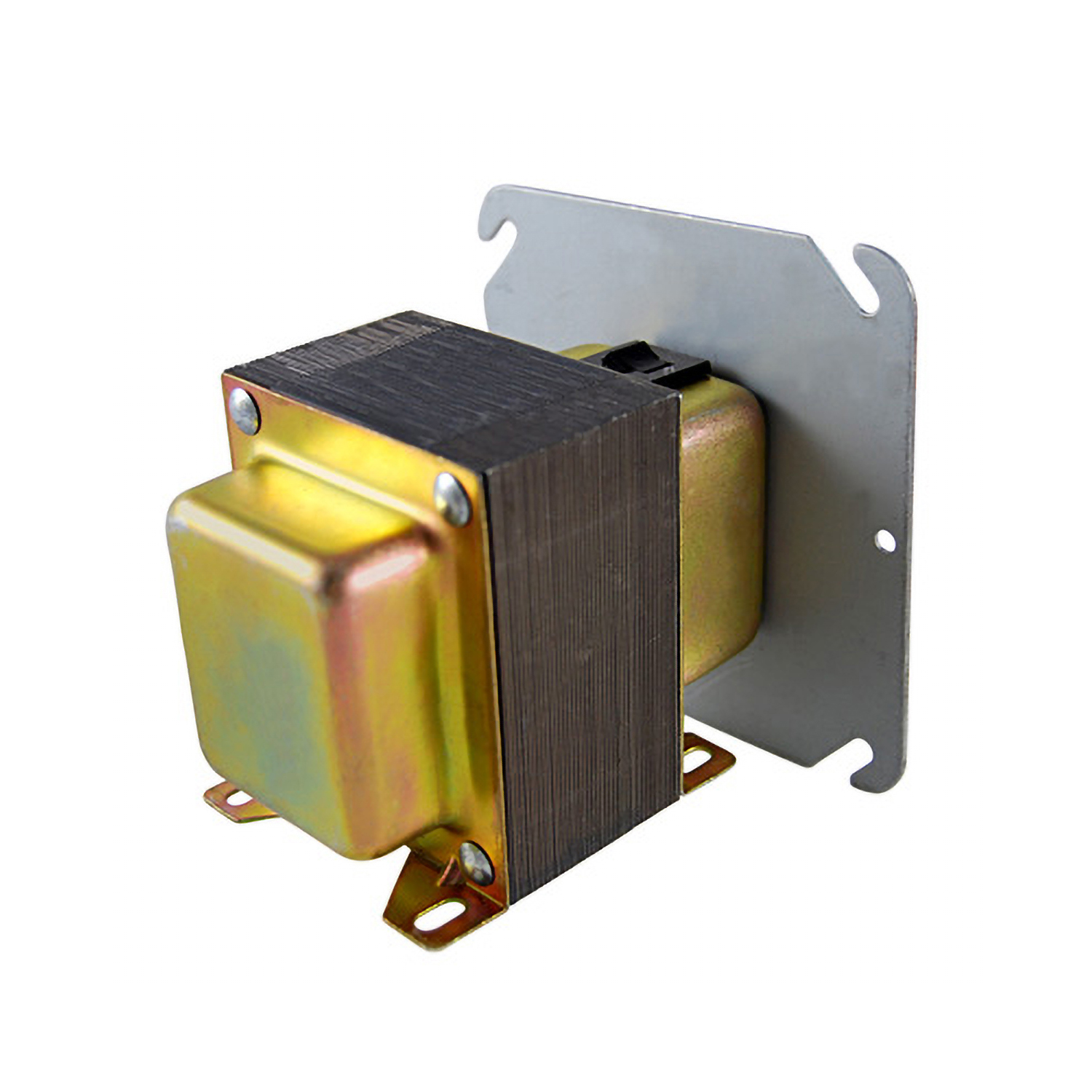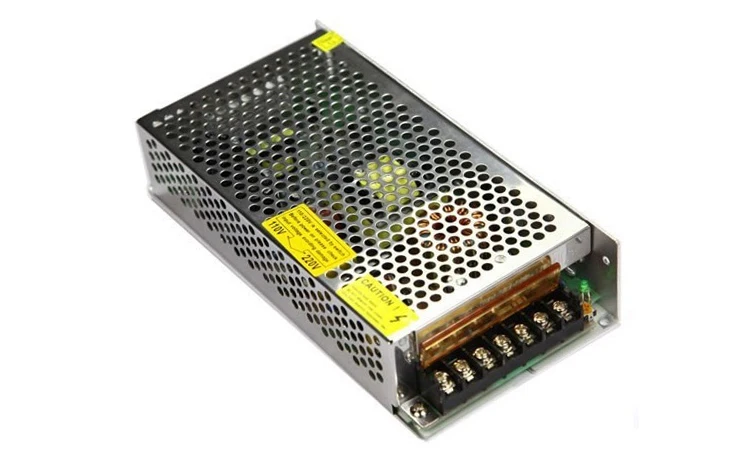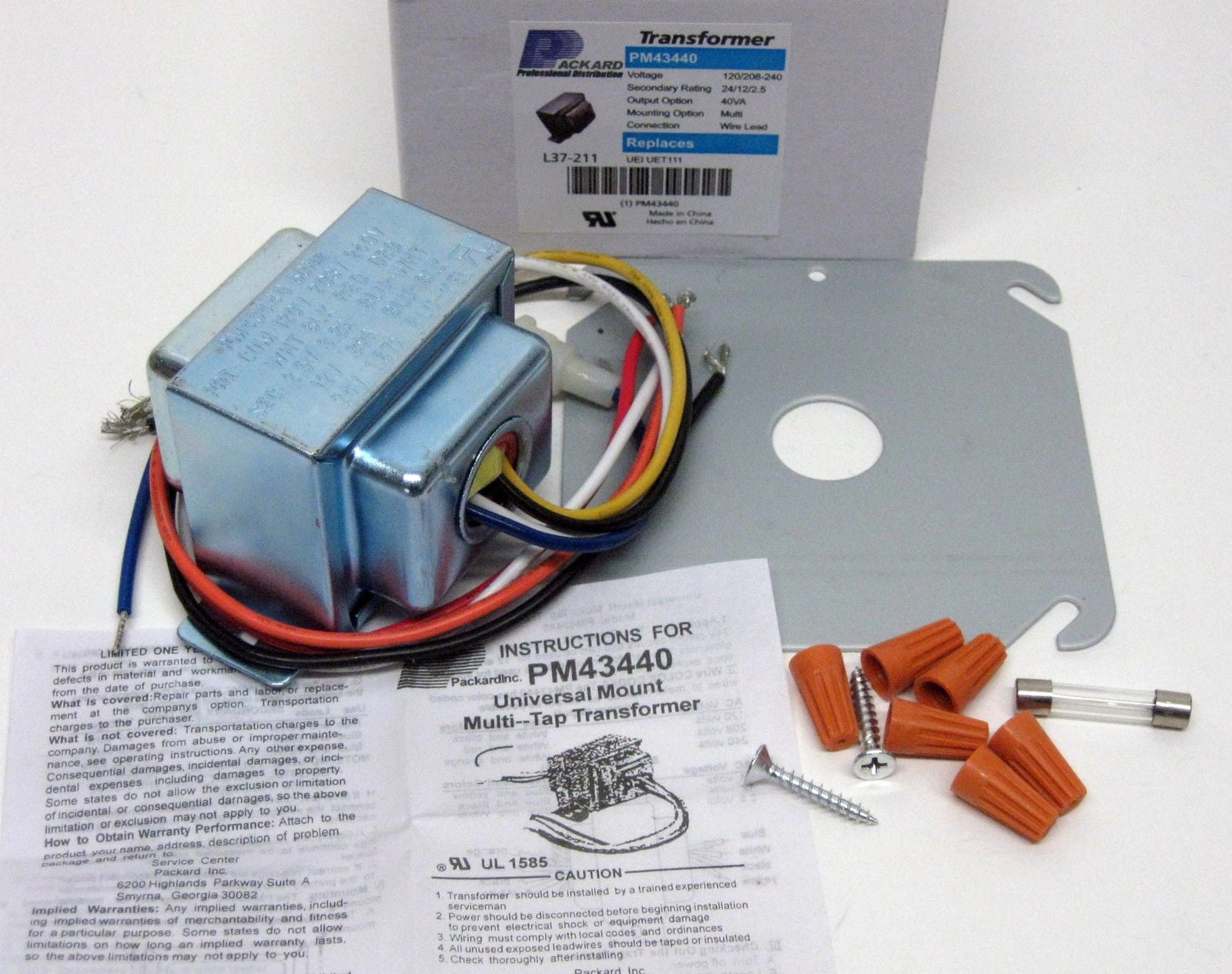
So volt amperes is quite simply the ability to transport nutrients For this power from the transformer to the end device. And then you have r which is known in the term of ohms which is resistance. So one of the things I first want to talk about here with Ohms law and just electrical concepts in general is you have volts that's one measurement, right volts electrons flowing across the wire, you have aI which is resistant or sorry is current which is known in the term of amps. And it's going to typically step down voltage typically 120 Volts AC and it's going to step that down to 24 Volts AC and in the process this transformer is going to have what we know as VAs or volt amperes.

Typically it's what's called a step down transformer. But what we have to understand in a traditional building automation system, we have a transformer and this transformer quite simply transforms power.

Talk about the relationship here in regards to how this all works. So continuing on this electrical concept, you've got ohms All right, volts, current resistance, these come together to form what is known as Ohms law. So the purpose of this episode is to really explore some key concepts and understand how all this ties together, I will do my best to take a visual concept and turn it into audio for those of you who are listening to the podcast do realize that at podcast, smart buildings Academy comm forward slash 317, there will be a video accompanying this as well, already. And I'll tell you that a lot of what you would learn that path is unnecessary. And in reality, I've never changed a compressor in almost 20 years now. And then if you go under someone with a mechanical background, they're gonna tell you, you know, hey, pursue an apprenticeship really become a mechanic understand the systems first. But you may not need to know all that stuff. Because if you talk to someone with an electrical background, they're gonna say, Hey, you really need to understand all of this electrical stuff because they lean on that. Some folks come from a mechanical background, other folks come from an electrical, some come from an IT, some come from a military background like myself, and really figuring out what you need to know that is one of the biggest challenges. It's kind of where a lot of folks end up, you come into this industry, from a variety of different backgrounds. And I started the process of pursuing that I gave up on that because I realized it wasn't necessary. So what do you need to know in regards to electricity and this is one of the things that, you know, back when I was first starting off in the field, I was trying to figure my kind of place in the field out, I went and applied for an electrical license. And if you're listening to the podcast, then definitely wherever you're listening to this, add your questions and comments there as well.

If you're watching this on the live stream, welcome, make sure to add your comments as we go through this episode, make sure to like and subscribe as well helps grow the channel. Alright, as always, everything can be found at podcast at smart buildings forward slash 317. So we're gonna cover a lot of concepts related to electricity. We're going to talk about why you see the volt amperes drop on transformers, as you turn on more devices, and turn on more outputs. So we're going to be looking at Ohms law, we're going to be talking about the relationship between current resistance and voltage. So today's episode is going to be making sense of electrical concepts without becoming an electrician. And we are now going to be focusing in on some more technical concepts. And in this episode, we are going to be shifting gears from our sales conversation that we've been having the past several weeks. Hey folks, Phil Zito here and welcome to episode 317 of the smart buildings Academy podcast. This is the smart buildings Academy podcast with Phil Zito episode 317.


 0 kommentar(er)
0 kommentar(er)
